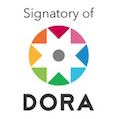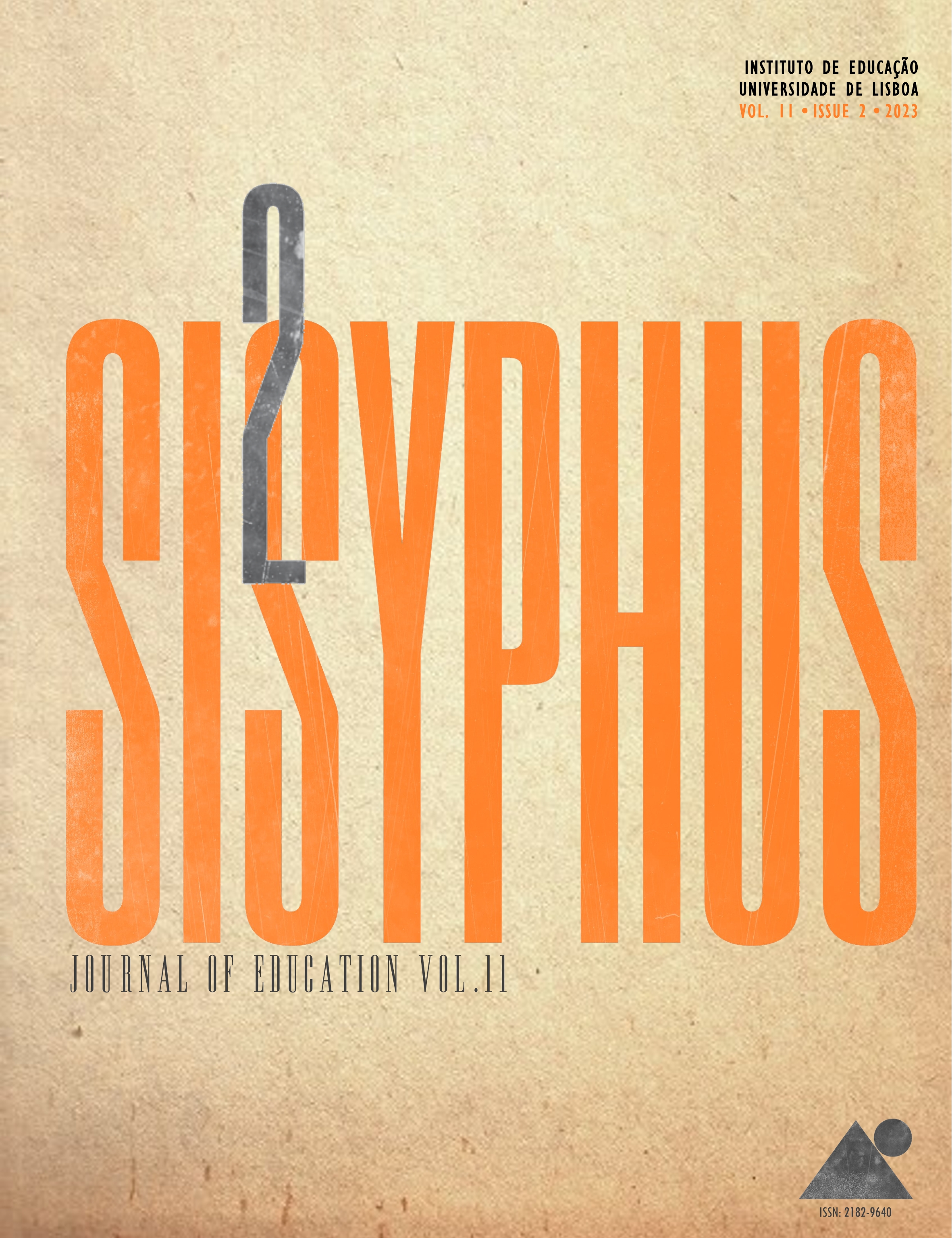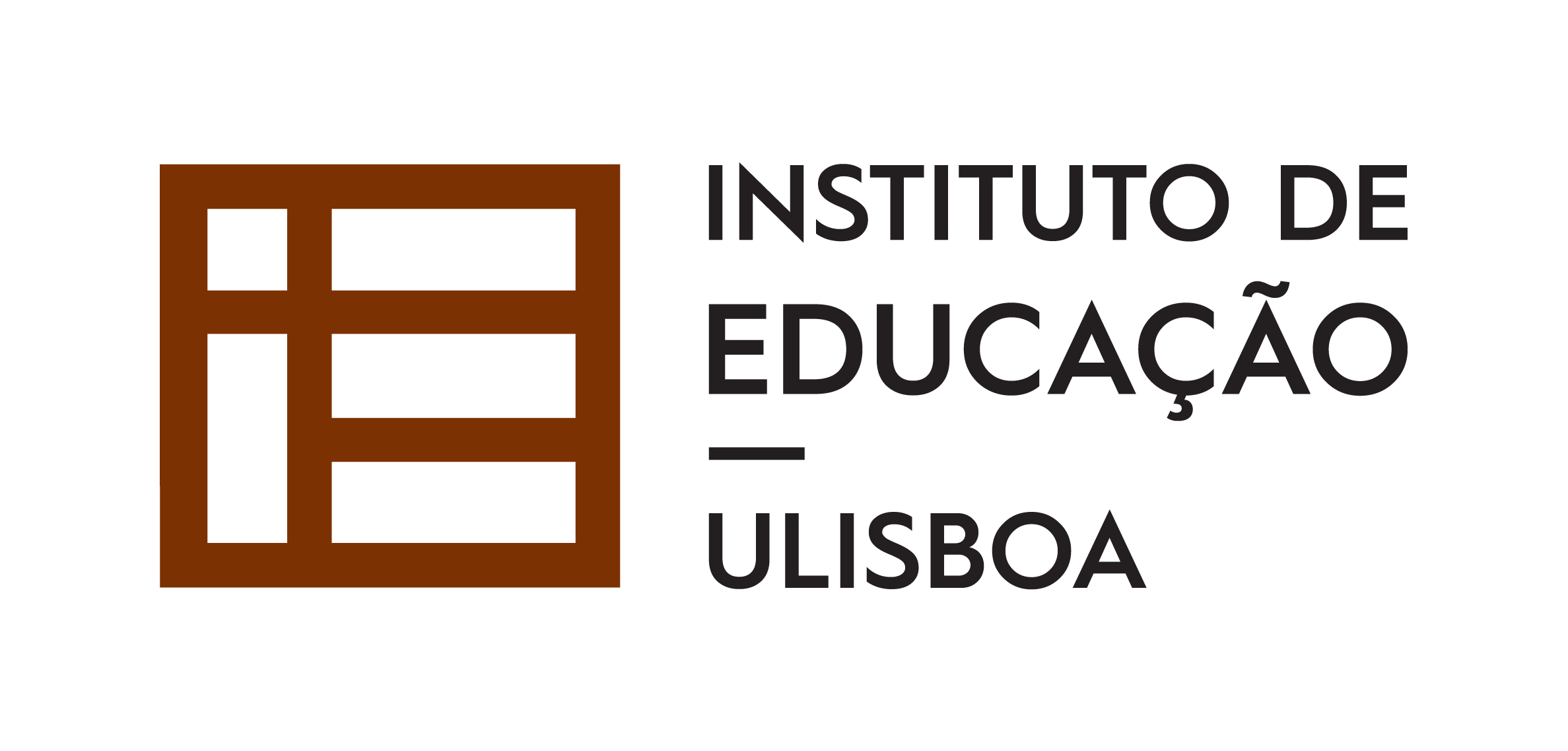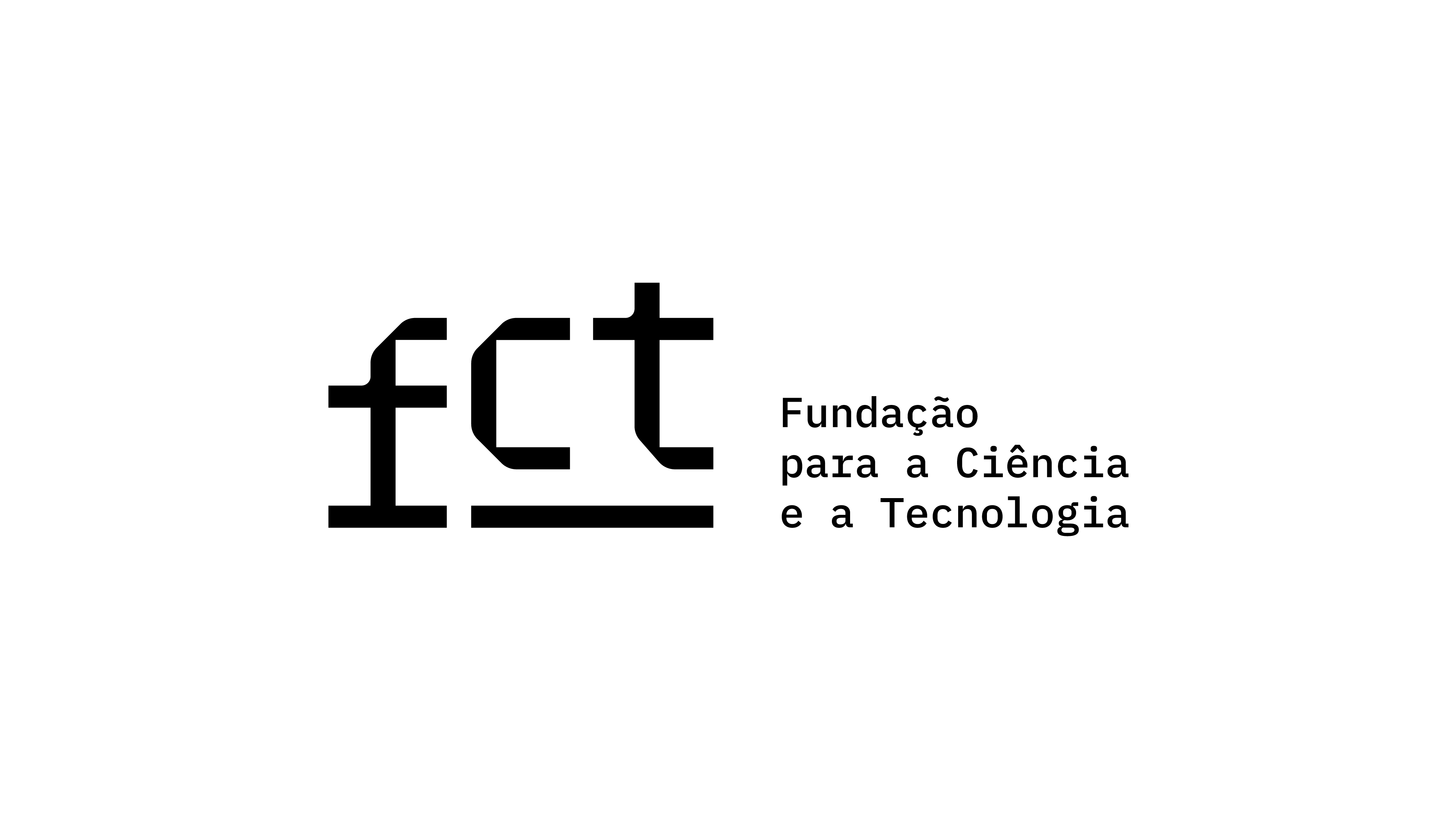PCK of Physics Teachers about the use of Multiple Representations in a Lesson Study
DOI:
https://doi.org/10.25749/sis.28904Keywords:
PCK, multiple representations, lesson study, ohm's law, teaching physicsAbstract
This work aims to present the pedagogical content knowledge developed by Physics teachers regarding the use of multiple representations (MRs) in teaching Ohm's Law when engaged in a lesson study. Four high school Physics teachers from public schools in Brazil participated in this study. The lesson study consisted of 18 sessions, each lasting 2,5 hours. A qualitative research methodology was chosen for this study. Data were collected through audio/video recordings, interviews, and other written materials produced during the lesson study. Data analysis revealed that emphasizing MRs enhances the teaching of the topic by providing complementary information, facilitating restricted interpretations, and fostering deep understanding. Considering the complexities of MRs, the teachers examined the information accessible to students and how they can use it, encouraging them to find effective ways to integrate MRs to support the learning process.
Downloads
References
Ainsworth, S. (1999). The function of multiple representations. Computers & Education, 33(2-3), 131-152. https://doi.org/10.1016/S0360-1315(99)00029-9
Ainsworth, S. (2006). DeFT: A conceptual framework for considering learning with. Learning and Instruction, 16(3), 183-198. https://doi.org/10.1016/j.learninstruc.2006.03.001
Ainsworth, S. (2008). The educational value of multiple-representations when learning complex scientific concepts. In J. K. Gilbert, M. Reiner & M. Nakhleh (Eds.), Visualization: Theory and practice in science education (pp. 191-208). Springer.
Ainsworth, S. (2014). The multiple representations principle in multimedia learning. In R. E. Mayer (Ed.), The Cambridge handbook of multimedia learning (2nd Ed., pp. 464-486). Cambridge University Press.
Baptista, M., Conceição, T., & Ponte, J. P. (2020). Estudo de aula como facilitador de aprendizagens de futuros professores de física e química sobre o uso de múltiplas representações. APEduC Revista, 1(1), 41-54.
Bardin, L. (2011). Análise de conteúdo [Content Analysis]. Edições 70.
Bogdan, R., & Biklen, S. (1994). Investigação qualitativa em educação: uma introdução à teoria e aos métodos. (Trad. M. Alvarez, S. dos Santos & T. M. Baptista). Porto Editora.
Brasil / Presidência da República (1996). Lei das diretrizes e bases da educação nacional - LDB. Brasília, DF, Brasil: Lei nº 9.394, de 20 de dezembro de 1996. http://www.planalto.gov.br/ccivil_03/leis/l9394.htm
Chittleborough, G., & Treagust, D. (2008). Correct interpretation of chemical diagrams requires transforming from one level of representation to another. Research in Science Education, 38(4), 463-482. https://doi.org/10.1007/s11165-007-9059-4
Cohen, L., Manion, L., & Morrison, K. (2018). Research methods in Education. (8ª Ed.). Routledge.
Conceição, T. (2022). Estudos de Aula no Desenvolvimento do Conhecimento Pedagógico de Conteúdo (PCK) de Futuros Professores de Física e Química. (Tese de Doutoramento em Educação - Especialidade da Didática das Ciências). Instituto de Educação, Universidade de Lisboa, Portugal. http://hdl.handle.net/10451/54670
Conceição, T., Baptista, M., & Ponte, J. P. (2021). Mudanças de práticas de futuros professores de Física e Química sobre o uso de representações científicas num Estudo de Aula. Indagatio Didactica, 13(1), 91-104. https://doi.org/10.34624/id.v13i1.23864
Diário da República Eletrônico - DRE. (15 de março de 2016). Carta Ética para a investigação em educação e formação - Deliberação n. 456/2016 (52 ed., Vol. Série II). https://diariodarepublica.pt/dr/detalhe/deliberacao/453-2016-73869762
Fernandez, C., & Yoshida, M. (2004). Lesson study: A case of a Japanese approach to improving instruction through school-based teacher development. Lawrence Erlbaum.
Fujii, T. (2016). Designing and adapting tasks in lesson planning: a critical process of Lesson Study. ZDM Mathematics Education, 48(4), 411-423. https://doi.org/10.1007/s11858-016-0770-3
Goldman, S. R. (2003). Learning in complex domains: when and why do multiple representations help? Learning and Instruction, 13(2), 239-244.
Juhler, M. V. (2018). Pre-service teachers’ reflections on teaching a physics lesson: How does Lesson Study and Content Representation affect pre-service teachers’ potential to start developing PCK during reflections on a physics lesson. NorDiNa, 14(1), 22-36. https://doi.org/10.5617/nordina.2433
Lewis, C. (2000). Lesson study: The core of Japanese professional development. Conferência apresentada em American Educational Research Association (2000 Annual Meeting). New Orleans, LA, EUA.
Lewis, C. (2009). What is the nature of knowledge development in lesson study? Educational Action Research, 17(1), 95-110. https://doi.org/10.1080/09650790802667477
Lewis, C. (2016). How does lesson study improve mathematics instruction? DM Mathematics Education, 48, 571-580. https://doi.org/10.1007/s11858-016-0792-x
Lewis, C., & Tsuchida, I. (1998). A lesson is like a swiftly flowing river: how research lessons improve Japanese education. American Educator, 22(4), 14-17 & 50-52.
Magnusson, S. J., Krajcik, J., & Borko, H. (1999). Nature, sources and development of pedagogical content knowledge. In J. Gess-Newsome & N. Lederman, Examining pedagogical content knowledge (pp. 95-132). Kluwer Academic Publishers.
Melo, L., Cañada-Cañada, F., González-Gómez, D., & Jeong, J. S. (2020). Exploring Pedagogical Content Knowledge (PCK) of Physics Teachers in a Colombian Secondary School. Educ. Sci, 10(12), 362, 1-15. https://doi.org/10.3390/educsci10120362
Murata, A. (2011). Introduction: Conceptual overview of lesson study. In L. Hart, A. Alston, & A. Murata (Eds.), Lesson Study research and practice in mathematics education (pp. 1-12). Springer.
Nieminen, P., Savinainen, A., & Viiri, J. (2017). Learning about forces using multiple representations. In D. F. Treagust, R. Duit & H. E. Fischer (Eds.), Multiple Representations in Physics Education, Models and Modeling in Science Education (Vol. 10, pp. 163-182). Springer.
Opfermann, M., Schmeck, A., & Fischer, H. E. (2017). Multiple Representations in Physics and Science Education – Why Should We Use Them? In D. F. Treagust, R. Duit & H. E. Fischer (Eds.), Multiple Representations in Physics Education, Models and Modeling in Science Education (Vol. 10, pp. 1-22). Springer.
Prain, V., Tytler, R., & Peterson, S. (2009). Multiple representation in learning about evaporation. International Journal of Science Education, 31(6), 787-808. https://doi.org/10.1080/09500690701824249
Richit, A., Ponte, J. P., & Tomkelski, M. L. (2020). Desenvolvimento da prática colaborativa com professoras dos anos iniciais em um estudo de aula. Educar em Revista, 36, 1-24. http://dx.doi.org/10.1590/0104-4060.69346
Richit, A., & Tomkelski, M. L. (2020). Secondary School Mathematics Teachers' Professional Learning in a Lesson Study. Acta Scientiae, 22(3), 2-27. https://doi.org/10.17648/acta.scientiae.5067
Richit, A., & Tomkelski, M. L. (2022). Meanings of mathematics teaching forged through reflection in a lesson study. Eurasia Journal of Mathematics, Science and Technology Education, 18(9), em2151, 1-15. https://doi.org/10.29333/ejmste/12325
Rincón, J. P., & Fiorentini, D. (2017). A ‘Glocal’ Lesson Study: the case of pedagogical practices in mathematics. Revista Internacional de Pesquisa em Educação Matemática, 7(2), 24-44.
Rodrigues, M. A. (2019). Estudo de aula em comunidades de prática para o ensino de física: um estudo de caso em Teresina - PI. (Tese de Doutoramento em Educação - Área Concentração do Ensino de Ciências e Matemática). Universidade de São Paulo, Brasil.
Shulman, L. S. (1986). Those who understand: knowledge growth in teaching. Educational Researcher, 15(2), 4-14. https://doi.org/10.3102/0013189X015002004
Shulman, L. S. (1987). Knowledge and teaching: foundations of the new reform. Harvard Educational Review, 57(1), 1-22. https://doi.org/10.17763/haer.57.1.j463w79r56455411
Sims, L., & Walsh, D. (2009). Lesson Study with preservice teachers: Lessons from lessons. Teaching and Teacher Education, 25, 724-733.
Stigler, J. W., & Hiebert, J. (1999). The teaching gap: best ideas from the world’s teacher for improving education in the classroom. Sumit Book.
Tomkelski, M. L., Baptista, M., & Richit, A. (2023). Physics Teachers Learning on the Use of Multiple Representations in Lesson Study about Ohm’s Law. European Journal of Science and Mathematics Education, 11(3), 427-444. https://doi.org/10.30935/scimath/12906
Wanderley, R. A., & Souza, M. A. (2020). Lesson Study como Processo de Desenvolvimento Profissional de Professores de Matemática sobre o Conceito de Volume. Perspectivas da Educação Matemática, 13(33), 1-20. https://doi.org/10.46312/pem.v13i33.10302
Wu, H. K., Lin, Y. F., & Hsu, Y. S. (2013). Effects of representation sequences and spatial ability on students’ scientific understandings about the mechanism of breathing. Instructional Science, 41(3), 555-573. https://doi.org/10.1007/s11251-012-9244-3
Yoshida, M. (1999). Lesson study: A case study of a Japanese approach to improving instruction through school-based teacher development. [Doctoral dissertation], University of Chicago, EUA.
Zhou, G., Xu, J., & Martinovic, D. (2016). Developing pre-teaching science with technology through microteaching lesson study approach. EURASIA Journal of Mathematics Science and Technology Education, 13(1), 85-103. https://doi.org/10.12973/eurasia.2017.00605a
Downloads
Published
Issue
Section
License
Copyright (c) 2023 Sisyphus — Journal of Education

This work is licensed under a Creative Commons Attribution-NonCommercial 4.0 International License.
Copyright (c) belongs to Sisyphus - Journal of Education. However, we encourage issued articles to be published elsewhere, provided that Sisyphus authorization is asked for and that authors integrate our original source citation and a link to our website.
Author Self-Archiving Policy
Author(s) are permitted to self-archive the final published version in institutional or thematic repositories, and in their personal or institutional websites.
DORA Signer
The Instituto de Educação da Universidade de Lisboa, Sisyphus' Publisher, is a San Francisco Declaration on Research Assessment signer.






